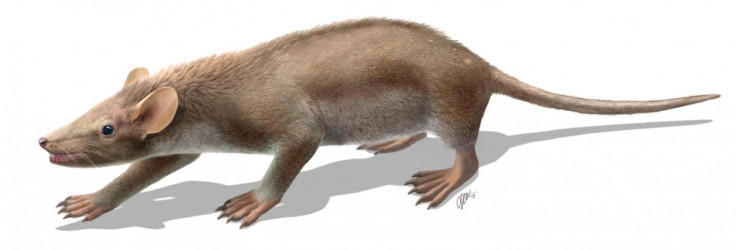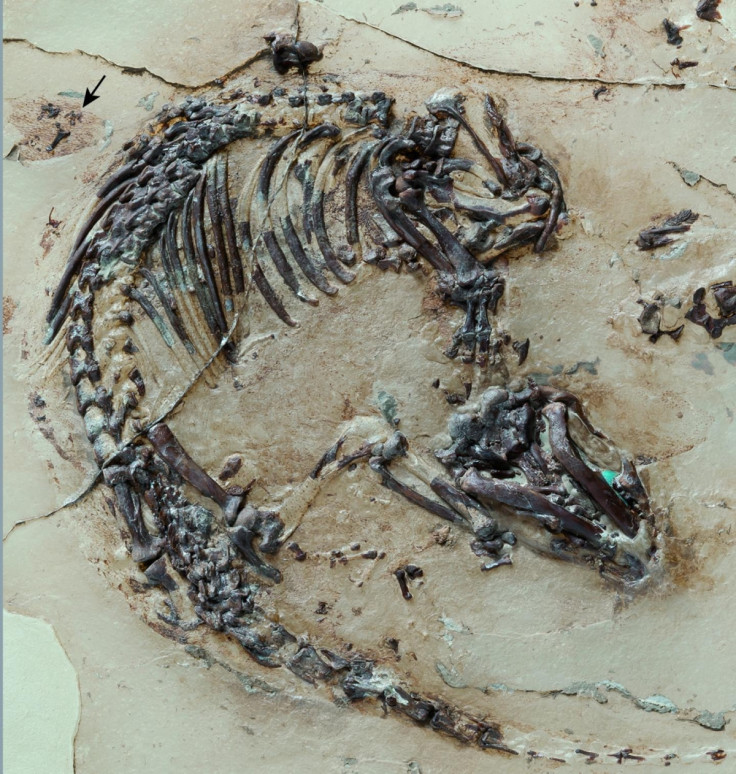Spinolestes xenarthrosus: Well-preserved 125 million year old mammal discovered in Spain

The fossilised remains of a 125 million year old mammal have been discovered by researchers in Spain. The newly discovered extinct species was so well preserved that scientists have said it pushed the earliest record of mammalian soft-tissue preservation back by 60 million years.
The small mammal, dubbed Spinolestes xenarthrosus, belonged to a group of mammals called triconodonts. Experts from the Autonomous University of Madrid, University of Bonn and the University of Chicago state it was similar in appearance to an opossum and the size of a rat and weighed 50g to 70g.
Such was the preservation of the small animal, found in Las Hoyas, that the scientists behind the discovery have said they have been able to analyse its hair structure in microscopic detail. Study co-author Zhe-Xi Luo, PhD, professor of organismal biology and anatomy at the University of Chicago, said: "Spinolestes is a spectacular find. It is stunning to see almost perfectly preserved skin and hair structures fossilised in microscopic detail in such an old fossil. This Cretaceous furball displays the entire structural diversity of modern mammalian skin and hairs."

The rodent-esque creature also had horny scutes dotted along its back, according to the study published in Nature. Professor Dr Thomas Martin, from the Steinmann Institute of Geology, Mineralogy and Paleontology of the University of Bonn, said: "We are familiar with these characteristics in modern spiny mice from Africa and Asia Minor. If a predator grabs them by the back, the spines detach from the skin. The mouse can escape and the attacker is left with nothing more than a mouthful of spines."
However, he adds that the animal is not related to modern day mice. Martin said: "We are not able to classify the finding in any of the groups of mammals alive today. It displays characteristics which we also find in today's mammals. However, these are not signs of relatedness but rather they developed independently - throughout the course of evolution, they have been 'invented' many times."
Luo added: "With the complex structural features and variation identified in this fossil, we now have conclusive evidence that many fundamental mammalian characteristics were already well-established some 125 million years, in the age of dinosaurs."
© Copyright IBTimes 2025. All rights reserved.






















